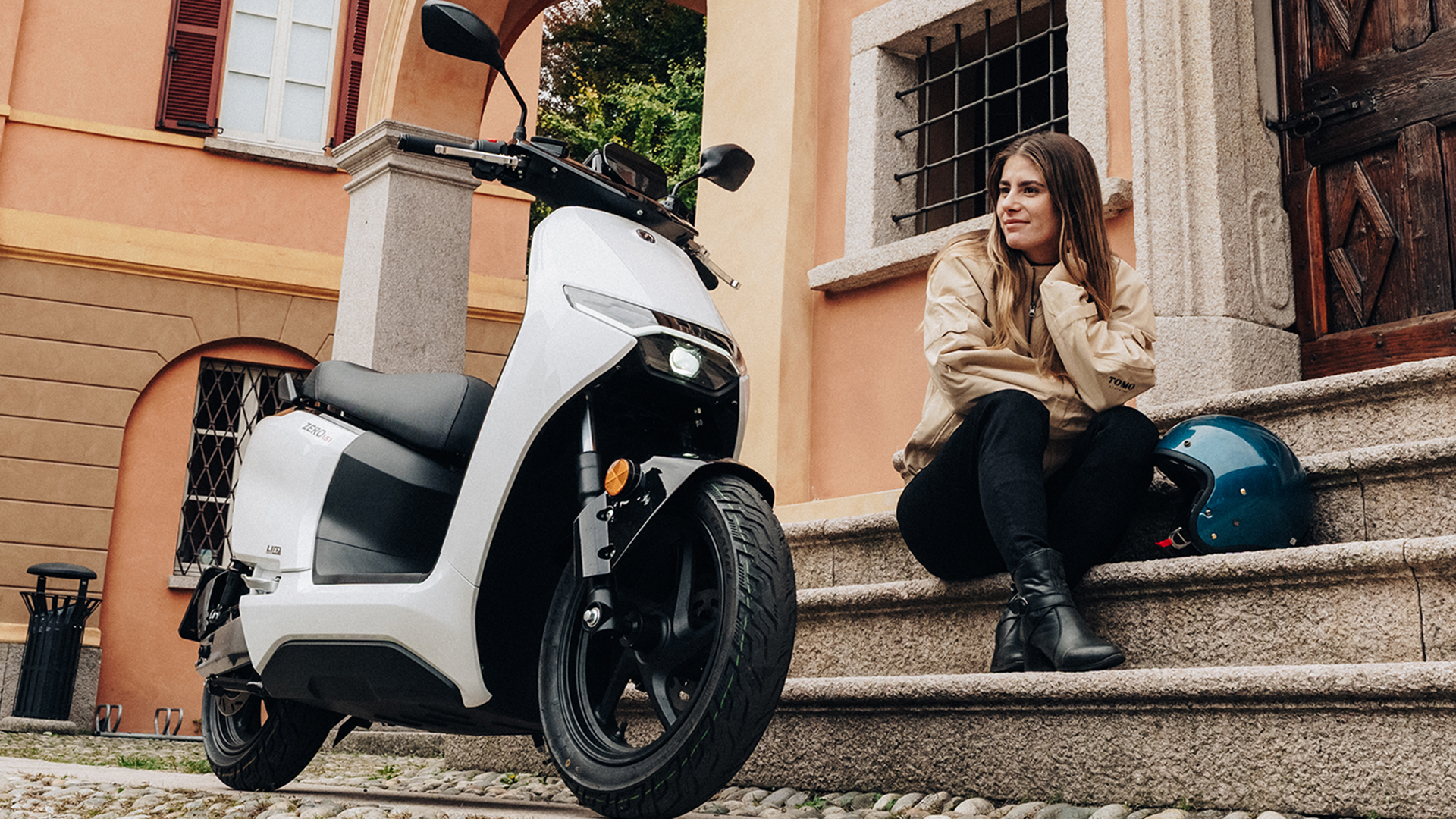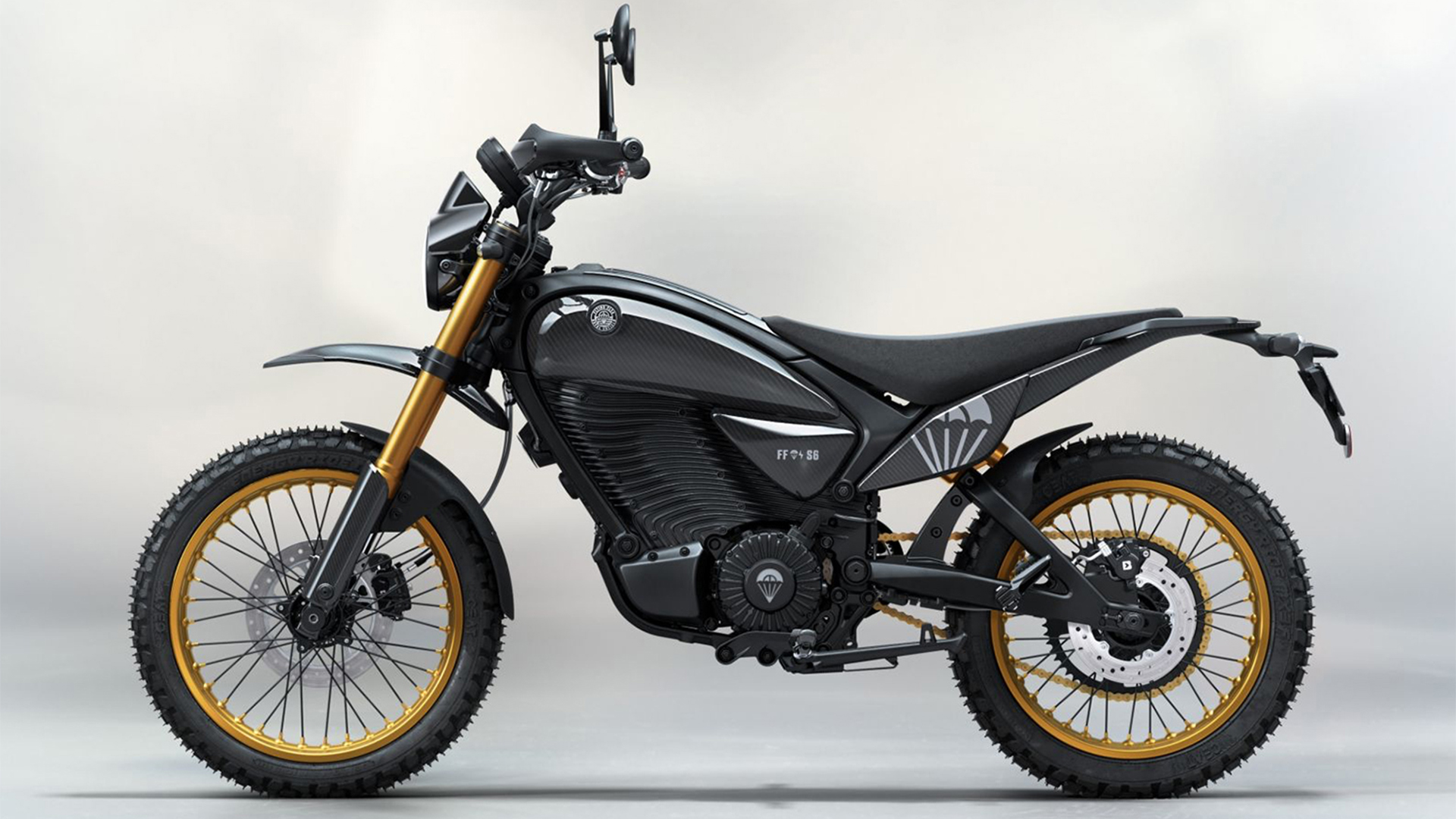- Harley’s LiveWire ditches the big bikes for small, fun stuff
- Zero Motorcycles is entering the market for cheap scooters
- Honda goes electric without the associated price tags
The internal combustion engine is still alive and well in the motorcycle industry. You only have to wander the halls of Milan’s annual EICMA motorcycle show, which has just kicked off again this year, to see the many new petrol-powered models from established players and Chinese newcomers boats.
But like the wider automotive industry, motorcycle brands have to deal with increasingly stringent emissions regulations.
Take Honda for example – it has unveiled an aggressive streetfighter that uses an electronically controlled supercharger in its compact engine in an attempt to increase fun and reduce CO2 from the pipes.
But many others are turning to pure electrification to meet the demands, with brands like Yadea arguably spearheading an electric revolution in the small capacity motorcycle sector.
It now boasts a model (Valex) that can recharge batteries up to 80% in just 20 minutes and is almost single-handedly convincing the parts of the world that depend on the humble scooter to make the switch.
This year’s show wasn’t exactly packed with stunning new EV offerings – perhaps in response to the relatively slow uptake in the Western world – but EICMA still serves as a platform for the freshest two-wheeled technology.
Here’s a handpick of the most exciting things from EICMA 2025…
1. Honda WN7
Alongside dabbling with electronically controlled superchargers (yeah, we don’t get it either), Honda also took the reins from the production version of the WN7 – the brand’s first full-size electric motorcycle.
It is heavily based on the EV Fun Concept from last year, but this production version develops a maximum power of either 67 hp or 15 hp depending on the driving license and local laws.
Top speed is tipped to be around 80 mph, although it can cover 50 meters from a standstill in just 3.9 seconds. A slightly odd metric, but it’s designed to show the near-instant torque on offer.
UK prices are said to be £12,999 (around $17,000 / AU$26,000), which is in line with much of Honda’s petrol-powered line-up and undercuts many similar rivals from the likes of the Zero and Verge.
Its range is said to be around 87 miles, with the 9.3 kWh lithium-ion battery capable of charging 20-80% in 30 minutes when using a CCS2 fast charger.
It’s a very competitive all-electric offering from an established brand that, if marketed correctly in the right regions, could prove a big hit with buyers fascinated by electric propulsion.
2. Zero LS1

Not long after unveiling the XE and XB series of no-nonsense off-road motorcycles, Zero Motorcycles is looking to cement its reputation as a premier electric motorcycle with the unveiling of its debut battery-powered scooter.
Costing £4,500 (around $6,000 / AU$9,000), the LS1 is capable of tickling 62mph and traveling around 72 miles on a single charge.
Like the Honda CUV we drove earlier this year, it can be legally owned and driven on entry-level licenses, making it a boon for commuters looking to ditch the trains.
Zero says the LS1 can be specified with underseat storage or an optional third battery that boosts range to an impressive 108 miles.
Said batteries are replaceable and, like the previously mentioned Honda and BMW CE02, can be charged away from the bike.
3. Royal Enfield Flying Flea FF.S6

Royal Enfield shocked and slightly confused the world when it said it would resurrect an old World War II model (originally deserving of being thrown out of a plane by parachute) as a futuristic, all-electric streetcar.
Last year’s Flying Flea concept divided opinion as it looked a bit odd. As a result, the company has hit back with a more conventional scrambler, complete with reinforced front forks, mudguards and a flat seat.
Despite the easier-to-swallow styling, the second iteration of the Flying Flea still packs a solid tech punch with a motorcycle-specific Qualcomm Snapdragon chip and uninterrupted connectivity via built-in 4G.
This effectively makes it a software-defined vehicle, with the ability to upgrade software and add more features over time… like a Tesla.
The technology also powers a voice assistant that allows for easy hands-free control of a connected smartphone and the built-in navigation.
There’s still no word on what these will cost, how long they’ll take to charge, or the expected range, but it would go against Royal Enfield’s reputation for excellent value to make production models with eye-popping price tags.
4. Verge TS Pro

We rode the Verge TS earlier this year and were impressed with the performance from the rear hub motor, but the very expensive machine still felt like a prototype. It needed a little more polishing.
Well, Verge has hit back with a new TS Pro version that features the latest Donut Motor 2.0 from sister company Donut Labs, which is claimed to be 50% lighter than its predecessor while still delivering that gut-busting 1,000Nm of torque.
The range has also increased to an astonishing 350 km (217 miles) and it is possible to top up the built-in batteries in around 35 minutes from a fast charger.
The brand’s Starmatter infotainment system takes pride of place in the cockpit, offering video game-level graphics, constant connectivity and the ability to update features wirelessly.
Pricing is still to be determined, but the TS we drove cost $29,900 / £31,980 (around AU$46,000). We imagine the Pro, with its improved engine, bigger batteries and smart infotainment system, will cost even more. Eye.
5. LiveWire S4 Honcho

This cheeky little Monkey bike lookalike was first teased at a Harley-Davidson event earlier this year, but LiveWire (Harley’s electric sub-brand) has confirmed that the S4 Honcho will go into production in 2026 and reveal a version at EICMA 2025.
Designed for “errands, backroads and everything in between,” the diminutive runaround comes in either a Street or Trail configuration, the latter of which doesn’t require a license in most markets, meaning it can be enjoyed by anyone with a bit of private land to hit it on.
The simple trellis frame and tiny wheels evoke memories of the original Honda Monkey machines, while the removable battery packs and powerful electric motors give it a decidedly modern twist.
Come on, how good does that Trail version look?
Follow TechRadar on Google News and add us as a preferred source to get our expert news, reviews and opinions in your feeds. Be sure to click the Follow button!
And of course you can too follow TechRadar on TikTok for news, reviews, video unboxings, and get regular updates from us on WhatsApp also.



